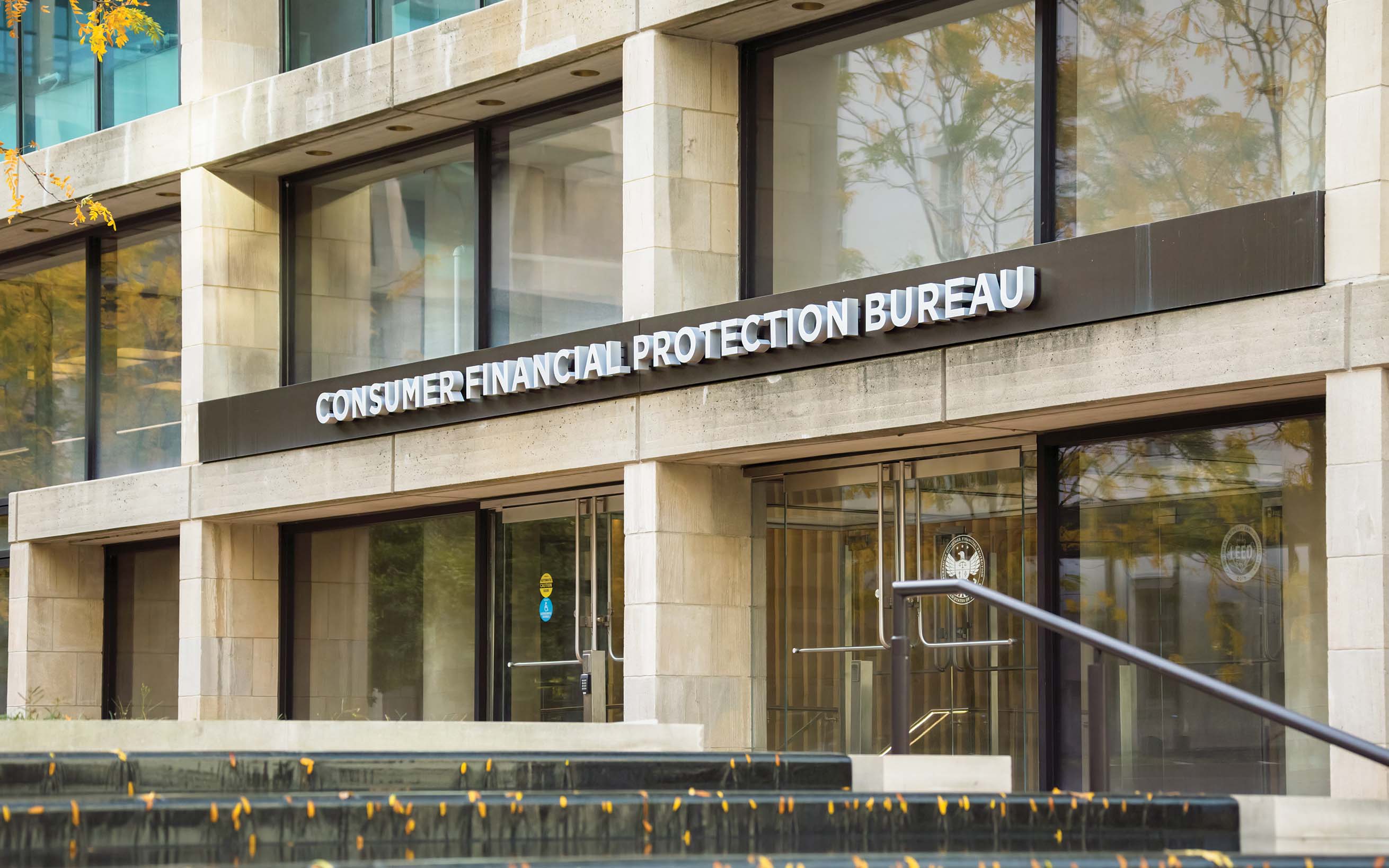Site visits are the key to protecting your community bank’s commercial and industrial portfolio. Here’s why.
Site visits still matter. Here’s why
January 01, 2019 / By Judith Sears
Site visits are the key to protecting your community bank’s commercial and industrial portfolio. Here’s why.
More than one community banker has made a site visit to a business in their commercial and industrial (C&I) loan portfolio only to find that the business has closed or changed hands, the inventory or equipment used as loan collateral has vanished, or a health code violation has been plastered to the door.
Quick Stat
50%
of small business loans are made by community banks
Source: ICBA
“Name anything that goes wrong with any kind of business and you can find that when you go for a site visit,” says Tom Pool, senior vice president and Small Business Administration (SBA) loan department manager for $1.6 billion-asset Mountain West Bank in Coeur D’Alene, Idaho.
Those kinds of surprises demonstrate why regular site visits are so important for minimizing risk in a bank’s C&I portfolio. Site visits won’t eliminate business problems, but they may reveal problems earlier, giving banks the opportunity to be more proactive in handling their loan portfolio.
“Common sense tells a lender that if you’re making a secured loan, which is predominantly what most community banks make, you need to understand what the condition of the collateral is,” says Kent DeHart, senior vice president and SBA department manager of $350 million-asset First Utah Bank in Salt Lake City.
DeHart learned this firsthand early in his career when dealing with a restaurant loan that was in default. The borrower had disappeared. While planning a site visit, DeHart learned that the landlord suspected there had been drug dealing from the restaurant.
In what sounds like a scene from Breaking Bad, the TV series about a chemistry-teacher-turned-meth-cook, DeHart arranged for a constable to accompany him to the site. Upon entering, they found a basement littered with miscellaneous drug paraphernalia. DeHart came away from the experience convinced he needed to make site visits a priority, a practice he has emphasized at First Utah.
If site visits are a well-recognized best practice for conventional commercial loans, the importance is even greater when the loan is backed with a government guarantee, such as an SBA loan. Failure to follow reasonable lending practices on government-guaranteed loans can bring added regulatory scrutiny and result in a financial hit for the bank.
The SBA, depending on the loan, requires an upfront visit or suggests that the bank dictates a site visit. However, if a loan goes into default and the bank has not made a site visit on or before the 59th day after payment default, the SBA may refuse to honor part or all of the guarantee.
“If there’s a problem on an SBA loan, you’d better have your ducks in a row,” says Walt Graham, a national account executive for Quiktrak, Inc., a site inspection services provider. “That guarantee may go away, and your bank is on the hook.”
Banks run the risk that an oversight on one loan may be a red flag for auditors. “If the SBA sees you’ve been negligent on one loan, they may decide to do a full audit of your portfolio,” DeHart says. “In comparison, the cost of a site visit to preserve your guarantee is minimal.”
No resting on laurels
Nevertheless, site visits do get overlooked. Often, Pool says, it’s just a case that a loan has been performing well and the bank gets too comfortable.
“Banks get into trouble with not doing site visits on term loans,” he says. “They make a 25-year loan, and 10 years later, the borrower has never missed a payment. The bank starts to skip going out to that location. It’s not a good thing, but it can just happen.”
DeHart has found that if bank executives don’t emphasize the importance of site visits, loan officers may slack off. “Unfortunately, in my experience, some loan officers will fill out a site visit report and never visit the property,” he adds.
“Going out to a site does more for a banker to understand how a business actually works.”—Tom Pool, Mountain West Bank
First Utah created an in-house standardized form and uses a mobile application created by Spectrum Field Services, a site inspection services provider, that provides a time and date stamp, and geotags for pictures taken inside the app. The app also supplies a checklist for a thorough site visit.
Industry professionals agree that the frequency of site visits depends on the loan and the industry. For most well-performing loans, especially loans that have been on the books for a while, an annual site visit is probably sufficient. However, some businesses, such as convenience stores or vape shops, can go south quickly. For such businesses, a semi-annual or even quarterly visit might be advisable. More frequent visits are a good idea if payments are lagging behind schedule or if the financial statements raise concerns.
Industry experts identify some basic categories that should be included in a comprehensive site visit (see “Site visit checklist”). These include the property itself or fixtures, furnishings and equipment (FFE) if those are part of the collateral; signs of deferred maintenance; or signs of potential environmental impact, like oil or gas leaks. For retail concerns, look for well-stocked shelves and lively traffic. It may be relevant to take note of whether the surrounding neighborhood seems to be declining or thriving.
While the primary purpose of a site visit is to minimize risk, it can sometimes strengthen the case for a loan. Perhaps a business’ financial statements have raised concerns, but its payment history is good and a visit shows the site and FFE are in good shape. That can strengthen the argument to not downgrade the loan, which is an important consideration, since banks have to reserve additional capital for a downgraded loan. “A site visit can support the argument that the loan should stay the same because it is still well-collateralized,” DeHart adds.
Opportunities for banks, too
Devin Rushton, Spectrum Field Services’ vice president of sales and marketing, says site visits can uncover opportunities and demonstrate a bank’s strengths.
“A good report allows your CCO [chief compliance officer] to be confident going into an audit,” he says. “For the CLO [chief lending officer], it provides well-documented evidence to make determinations on future lending opportunities for those same clients.”
“I have yet to make a site visit to a customer in a good situation who isn’t excited to see you there.”—Tom Pool, Mountain West Bank
Pool says site visits can be an important tool in developing relationships with customers. “You can’t be a good banker and make business loans unless you know how they conduct their business,” he says. “Going out to a site does more for a banker to understand how a business actually works. That does wonderful things when it comes time to get them the money they need to operate.”
He adds that site visits can be an opportunity to solicit new business or referrals from the customer. “I have yet to make a site visit to a customer in a good situation who isn’t excited to see you there,” Pool says. “People have worked very, very hard to create these businesses, and they love to show them off.”
Site visit checklist
Digital photos (with date and time stamps):
✓ Specific collateral
✓ Interior, exterior and adjacent properties
Leased location:
✓ Landlord’s contact information
✓ Status of lease arrangement
List original collateral
List collateral inspected on site:
✓ Compare to original collateral
✓ Explain any differences
✓ Note collateral condition
✓ Estimate current liquidation value of collateral items
✓ Confirm serial numbers for items valued over $5,000
✓ Confirm vehicle identification numbers for titled vehicles
✓ Verify currency of hazard insurance coverage
✓ Accounts receivable aging report
✓ Inventory listing
✓ Pull current Uniform Commercial Code search and/or preliminary title report to verify bank’s lien position
Real estate as collateral:
✓ Note property condition
✓ Currency of property taxes
✓ Potential environmental issues
Exterior:
✓ Sufficient parking
✓ Signs of deferred maintenance
✓ Environmental impact (e.g., oil leaks)
✓ General curb appeal
✓ Signage
Retail:
✓ Stocked shelves
✓ Strong traffic
Business status:
✓ List competitors in immediate vicinity
Neighborhood:
✓ Is it thriving or declining? Describe what you see
Subscribe now
Sign up for the Independent Banker newsletter to receive twice-monthly emails about new issues and must-read content you might have missed.
Sponsored Content
Featured Webinars
Join ICBA Community
Interested in discussing this and other topics? Network with and learn from your peers with the app designed for community bankers.
Subscribe Today
Sign up for Independent Banker eNews to receive twice-monthly emails that alert you when a new issue drops and highlight must-read content you might have missed.
News Watch Today

Join the Conversation with ICBA Community
ICBA Community is an online platform led by community bankers to foster connections, collaborations, and discussions on industry news, best practices, and regulations, while promoting networking, mentorship, and member feedback to guide future initiatives.













